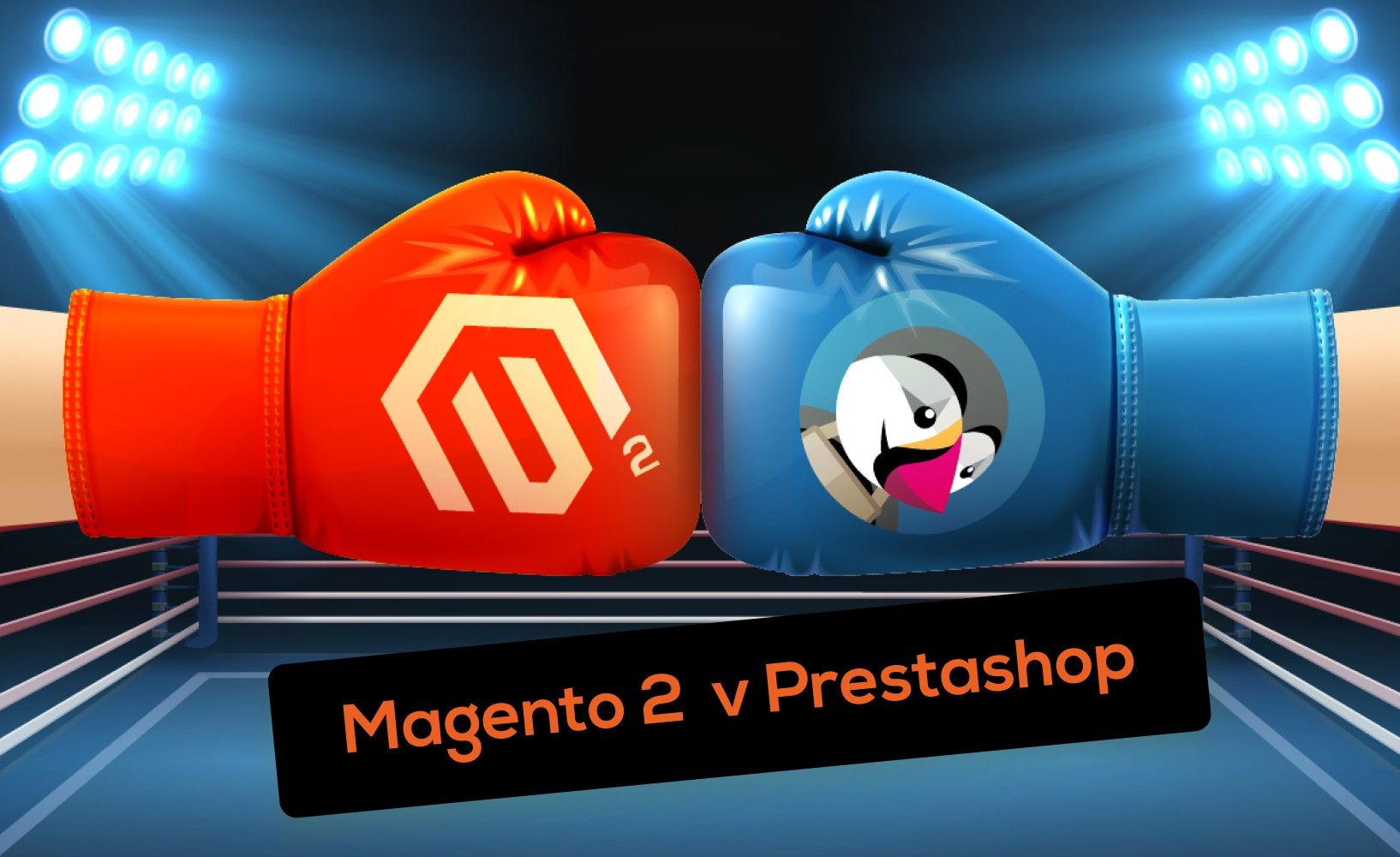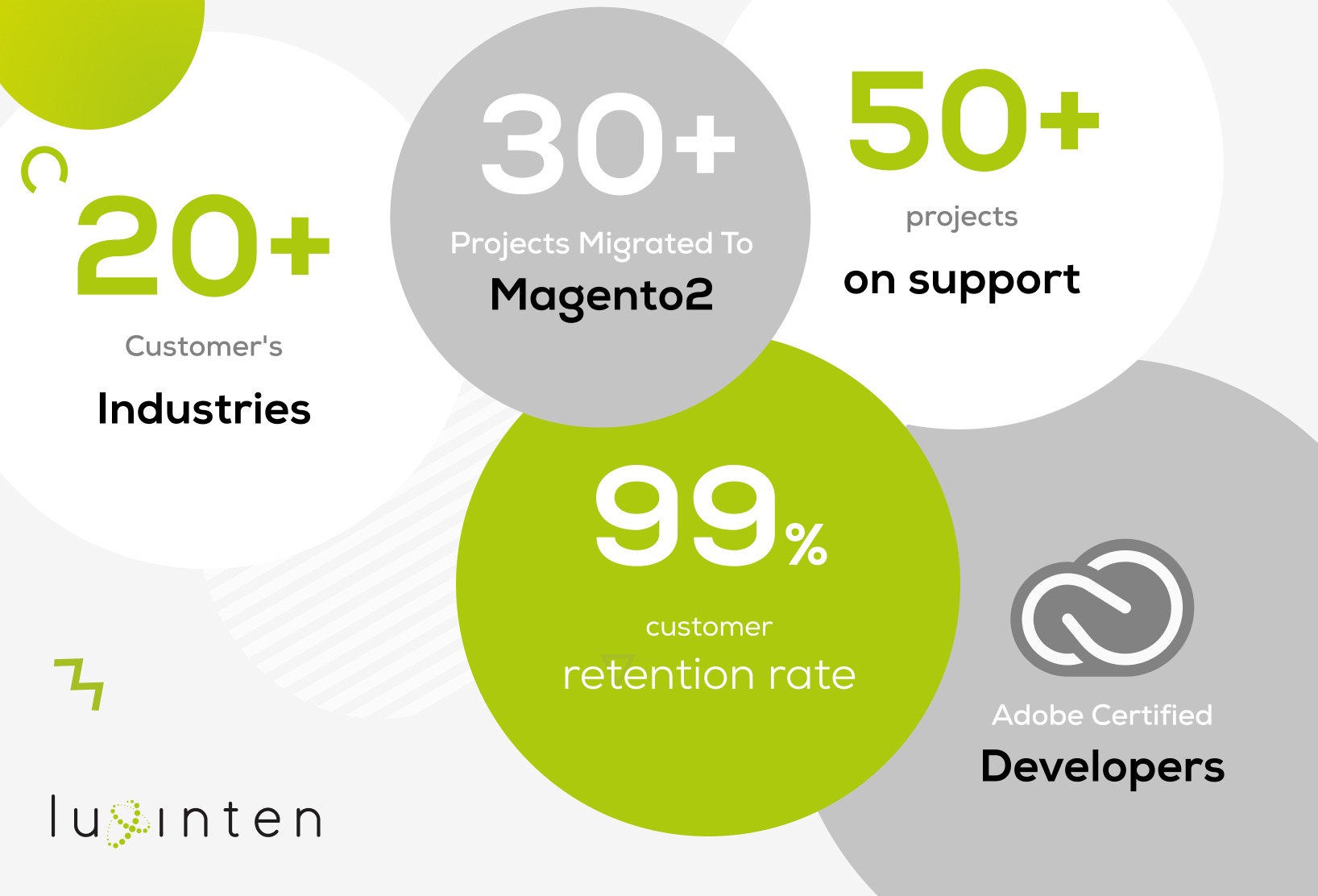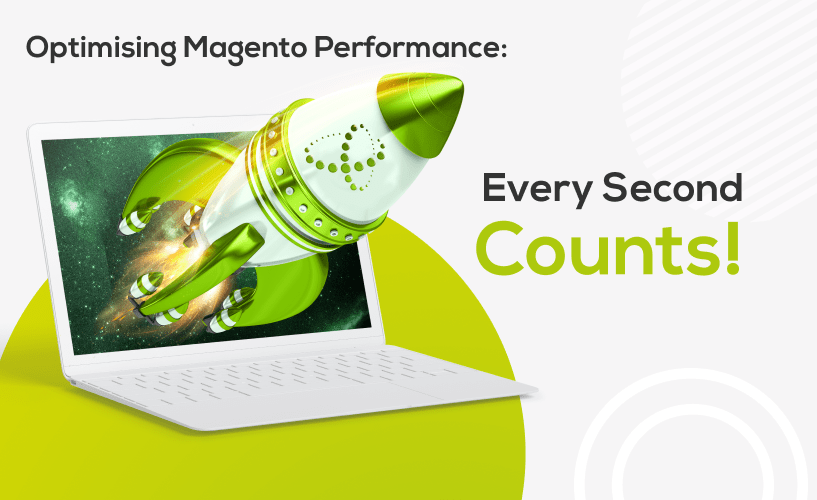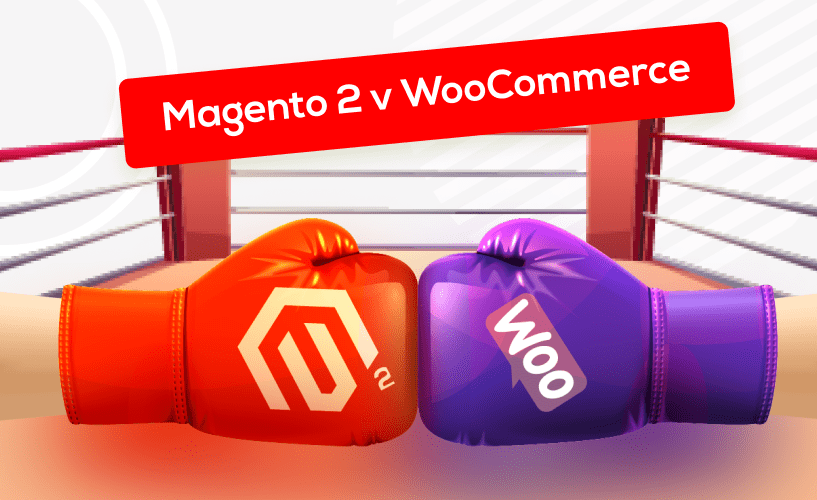
In 2022, e-Commerce is a vital feature of the retail landscape: projections for 2022 suggest online shopping will be worth $5.02 billion in the US alone. With a vast array of content management systems to choose from, it can be daunting trying to decide which platform is the right fit for your business.
Luckily, here at Luxinten we know our stuff. Over the next few weeks we'll be comparing various e-commerce platforms to give you the information you need to make an informed decision. This week, we’re looking at the respective strengths and weaknesses of Magento and Prestashop.
Comparing Background
Both Magento and Prestashop are open source platforms, meaning their source code is available for other developers to use or modify. Magento is the senior of the two; it was released in 2001, while Prestashop first appeared in 2007.
Magento is used by Nike, Ford, Samsung and many other top corporations. In 2022, there are approximately 250,000 Magento stores on the internet. Prestashop has 300,000 stores including Trendin, Decathlon and Footshop.
Comparing Features
Boasting a huge catalogue of features from Marketing, Promotion and Conversion Tools to Order Management, Magento has tons of options for personalising your clients' shopping experience and managing your product portfolio.
Within its long list of features are options for making small tweaks that yield big benefits. A search feature offering corrections for customer misspellings and store credit which can be linked to a customer's account are two good examples.
While Prestashop holds its own with hundreds of templates and decent content editing features, a cursory glance at both systems shows us that Magento simply has far more going on behind the scenes.
Comparing Performance
Magento is known to experience performance issues, with many users reporting a slow back-end. Being a less industrial system, Prestashop is less likely to slow your website down.
While Prestashop may have the more consistent performance, Magneto has the bigger support community for developers. Since there is extensive documentation available for fixing identified issues, Troubleshooting queries for Magento are much more likely to be answered and solved.
Comparing Security
With recent changes in data protection legislation, keeping your customers’ details safe has never been more important. As one might expect, both Prestashop and Magento are designed to keep data secure. However, Magento’s powerful plugins will give you more assurance that your website isn't at risk of a data breach. From restricting admin access to specific access sites to Two Factor Authentication and IP Security, Magento simply has more ways to lock down your data.
So Who Wins?
While Prestashop lets you create a basic, efficient e-commerce site, Magento will grow your store and boost its security, visibility and manageability through a wide range of features. In this week’s head-to-head, Magento is the clear winner.
But then, we might be a bit partisan when discussing the benefits of Magento. Our team have spent years working with this powerful platform to create successful, appealing websites and we would love to help you develop your own store. If you have a question about project times, pricing or anything else, please send us a message so we can discuss your goals together.

Some Key Luxinten Statistics:
- 50+ projects with annual support
- 30+ successful full Magento 2 migrations
- 250+ solutions implemented on Magento
- 99% customer retention rate
- Adobe Certified Experts
If you want to know more about any of our services, please contact us.







Add comment...
Comments